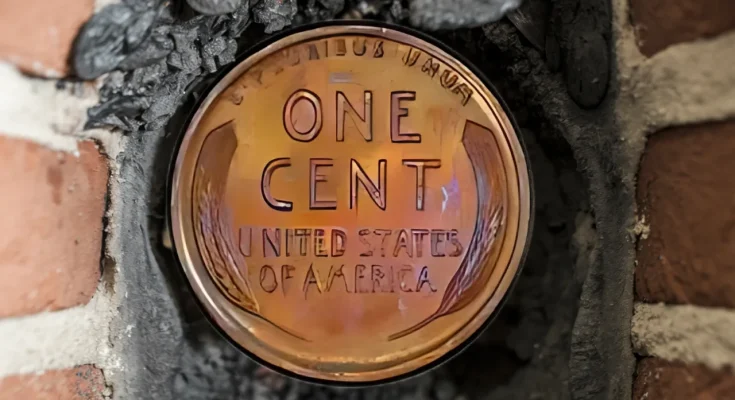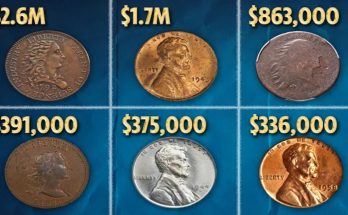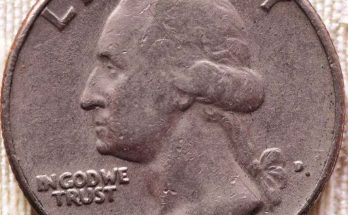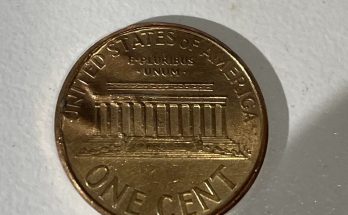Everyday transactions often involve loose change—those jingling coins handed over for a cup of coffee or left in a car’s cup holder. But what if one of those coins, casually spent or forgotten, was actually worth thousands of dollars?
Across the United States, there are rare coins still circulating that collectors would pay a fortune to own. Many of these coins blend in so well with everyday pocket change that most people don’t notice their hidden value. Here’s a closer look at some of the most commonly overlooked coins that could be worth far more than their face value.
The 1943 Copper Penny
During World War II, the U.S. Mint switched to using steel-coated zinc to make pennies, in an effort to conserve copper for the war. However, a few 1943 pennies were accidentally struck using copper planchets left over from 1942. Only a handful of these 1943 copper pennies exist, and they can fetch up to $100,000 or more at auction, depending on condition.
These rare coins look like regular pennies, but they won’t stick to a magnet like the steel ones do. That simple magnet test has helped some lucky individuals discover hidden treasure in old jars or wallets.
The 2004 Wisconsin Extra Leaf Quarter
In 2004, Wisconsin quarters were released as part of the 50 State Quarters program. A small number of these quarters feature an extra leaf on the ear of corn pictured on the reverse side. There are two varieties—one with a high leaf and another with a low leaf. Both versions are considered mint errors and are highly sought after.
Some of these “extra leaf” quarters have sold for $500 to over $1,000, especially if in good condition. Because these coins look very similar to the standard version, many people have likely spent or received them without ever noticing.
The 1982 No Mint Mark Dime
Most U.S. coins include a mint mark to indicate where they were produced. However, in 1982, a batch of Roosevelt dimes was mistakenly struck without the “P” mint mark from the Philadelphia Mint. These dimes are now valuable collector’s items, with some examples selling for $200 to $300 or more.
If you have a 1982 dime, take a close look—if it’s missing the mint mark, it could be worth far more than ten cents.
The 1999 Wide AM Penny
This coin looks like any other penny at first glance. But a closer inspection of the reverse side reveals a wider-than-usual space between the letters “A” and “M” in “AMERICA.” This small design variation was never meant to enter circulation but did so by mistake.
Some 1999 Wide AM pennies have sold for $500 to $1,000, depending on condition. Most people who come across one likely never notice the subtle difference.
Why Rare Coins End Up in Circulation
Rare or error coins often make their way into everyday use for various reasons. Someone might inherit an old coin collection and unknowingly spend part of it. Minting errors may go unnoticed during production. And sometimes, collectors accidentally spend rare coins during routine transactions.
Final Thought
It’s entirely possible that valuable coins are hiding in your change jar or wallet right now. The idea that a simple penny, dime, or quarter could be worth hundreds—or even thousands—adds a layer of mystery to everyday money.
While not every coin is a hidden gem, it’s worth taking a closer look before spending that next handful of change. You never know what history or hidden value might be sitting right in your pocket.
Tip: What To Do If You Find One
If you believe you’ve come across a rare coin, don’t rush to spend it. Keep it safe, avoid cleaning it (which can reduce its value), and consider having it professionally appraised by a coin expert or dealer. You might just have a small fortune in the palm of your hand.



